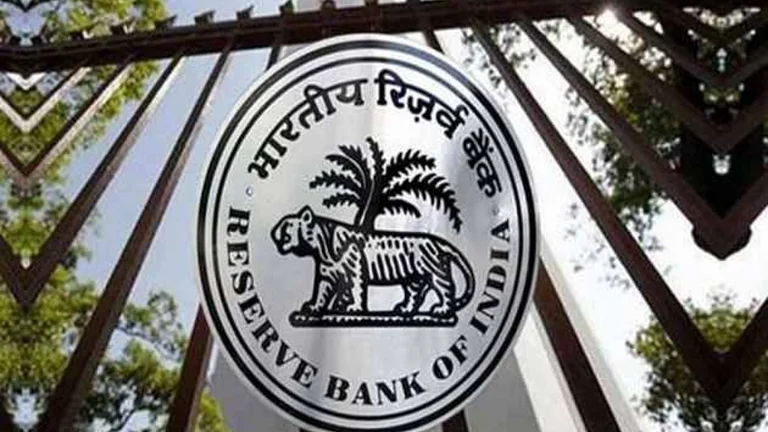Peer-to-peer (P2P) lending is a new option of credit available to individual borrowers and companies that allows them access to credit directly from private lenders.
P2P Lending And How They Differ From Traditional Bank Loans
P2P has become popular with borrowers due to the ease of borrowing. However, it differs fromtraditional bank loans in many ways. Here are its advantages and drawbacks
Banks were once the go-to choice for borrowing, but P2P lending sites offer an alternative, sometimes with quicker approval, more favourable rates, and with less attached strings. But they also have their own share of unique risks and other regulatory issues.
What Is P2P Lending?
P2P lending is a model of business in which the borrowers borrow from private individuals directly through an online platform, not through banks and other financial institutions. The websites serve as an intermediary between borrowers who need funds and investors seeking higher returns on their funds.
In contrast to banks, who utilise customer deposits to fund loans, P2P lending platforms do not lend their own money. Instead, they serve as intermediaries, often using technology-driven risk models to determine the creditworthiness of borrowers.
How P2P Lending Is Different From Bank Loans
P2P lending differs from traditional lending from banks and non-banking financial companies (NBFCs) in the following respect.
Where Does the Money Come From: One of the primary distinctions between P2P loans and bank loans is where their funds come from. Bank loans are borrowed against customers’ deposits, whereas P2P loans are from individual lenders who want to lend money and earn interest income on their money offered as loans to borrowers. This is more convenient, but carries greater risk as well.
Loan Approval And Processing Time: The loan approval process is also a differentiator. Traditional banks have strict credit evaluation requirements and need detailed financial reports. They take weeks to approve, especially for unsecured loans.
In case of P2P lending platforms, they employ alternative credit evaluation models, such as electronic payment records and other parameters, thus making the approval-process much quicker—sometimes even within days.
Interest Rates And Borrowing Costs: Interest rates on P2P loans can be negotiable since it is determined by the understanding between the lenders and the borrowers.
Banks, on the other hand, have market rates or fixed rates depending on the borrower’s credit history and the category of the loan. Although P2P lending can offer favourable rates to low-credit borrowers, it could also mean a higher interest in case of high-risk category borrowers.
Collateral Requirements: Collateral is another difference between these two lending models. Banks usually demand collateral for business and personal loans. As such, some borrowers may not qualify for such loans.
Most P2P loans are not secured, and so, no assets may be offered as collateral. Although it is easier to borrow in this case, it also comes with higher rate of interest and tougher penalty in case of default.
Regulations And Consumer Protection: Lastly, the regulations for the two are distinct. Banks are tightly regulated by guidelines set by the Reserve Bank of India (RBI) in order to protect consumers and ensure the stability of the financial market.
Though P2P lending platforms are also governed by the RBI, but as yet, no rules have been established. Investors and borrowers are, therefore, cautious in monitoring the terms and conditions of the lending platform before engaging in transactions.
Red Flags To Watch Out for While Selecting A P2P Lending Platform For Lending
According to Amol Joshi, founder of PlanRupee Investment Services, here are a few precautions lenders should choose while lending through a P2P platform.
“As a first, one must choose a P2P platform that is registered with RBI. Next, you may further filter the list based on your or your peer groups’ experience, access, and app usage-based comfort. Also, it is best to remember that there is no product that offers higher return without commensurate risk. Lend only the amount that you do not need in the near future and spread across multiple borrowers,” he says.
What If A P2P Loan Borrower Defaults?
Joshi adds that while P2P lending platforms maintain that they have robust borrower selection process with checks and balances in places, it is important to remember that it is still an unsecured lending.
“Platforms do provide assistance in recovery and collection process, but there are no guarantees that amount at risk will be recovered. There is a real chance that lender will face capital loss in case of default,” he says.
Should You Opt for P2P Lending Or Bank Loan?
Choosing between P2P lending and a bank loan will depend solely on the borrower’s needs and situation. If speed, flexibility, and lower documentation requirements are of top priority, P2P lending could be explored as an option.
Borrowers will need to seriously weigh the risk, including higher rate of interest and the absence of formal recovery procedures that exist in banks.
Conversely, individuals who desire lower interest rates, more legal protection, and fixed repayment terms might prefer bank loans as a safer bet.
Whatever the decision, borrowers must take into account their capacity to repay, shop around for terms from various sources, and read the fine print before signing in for a loan.
